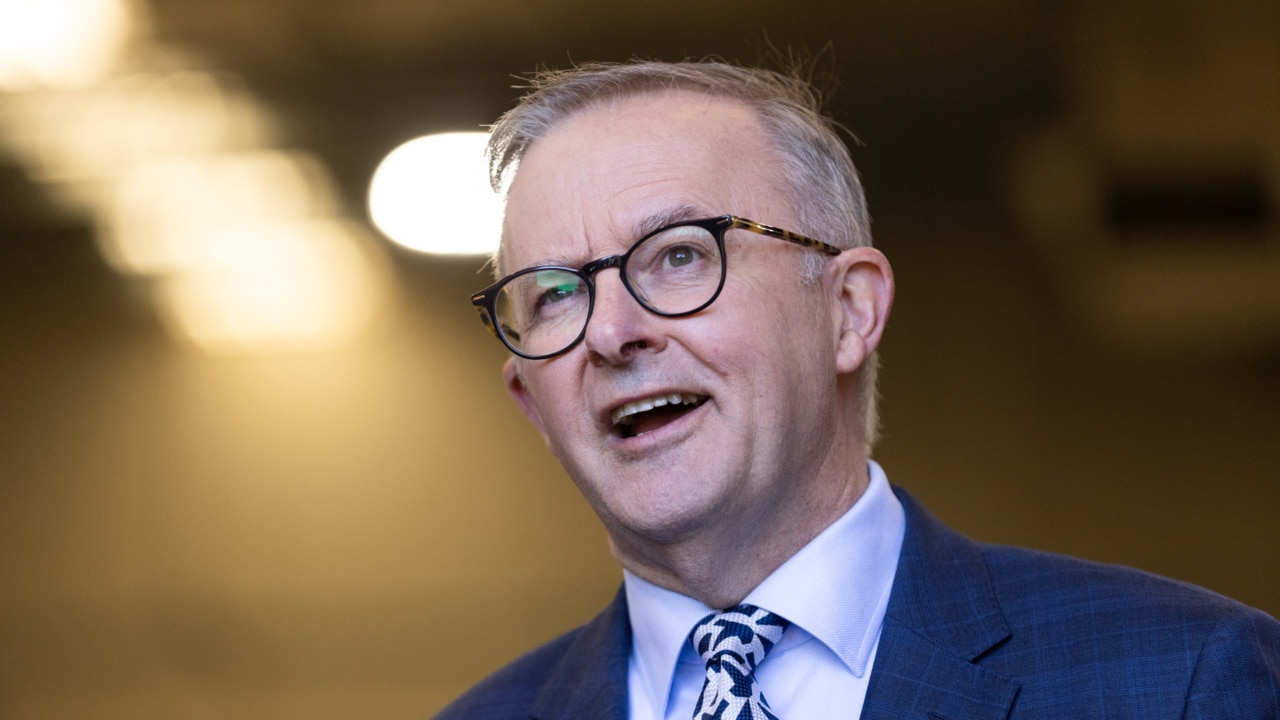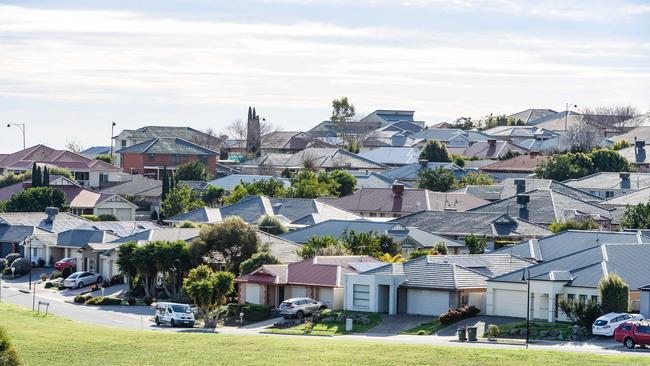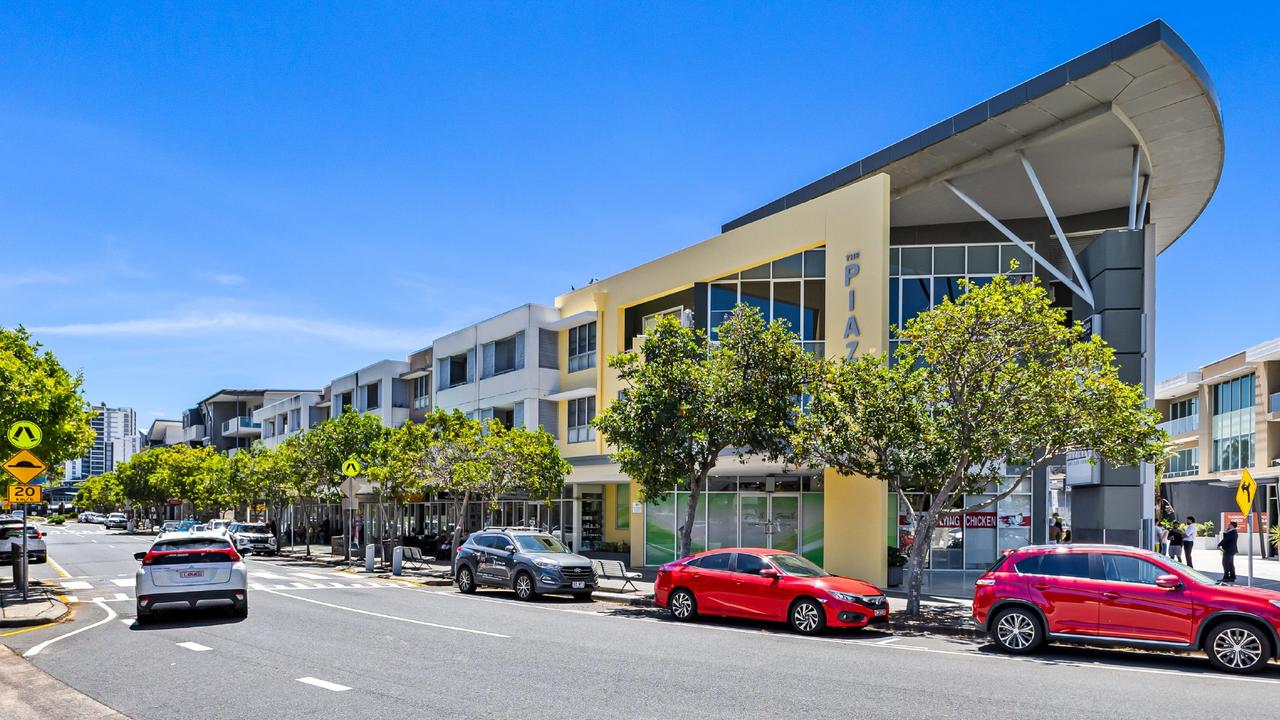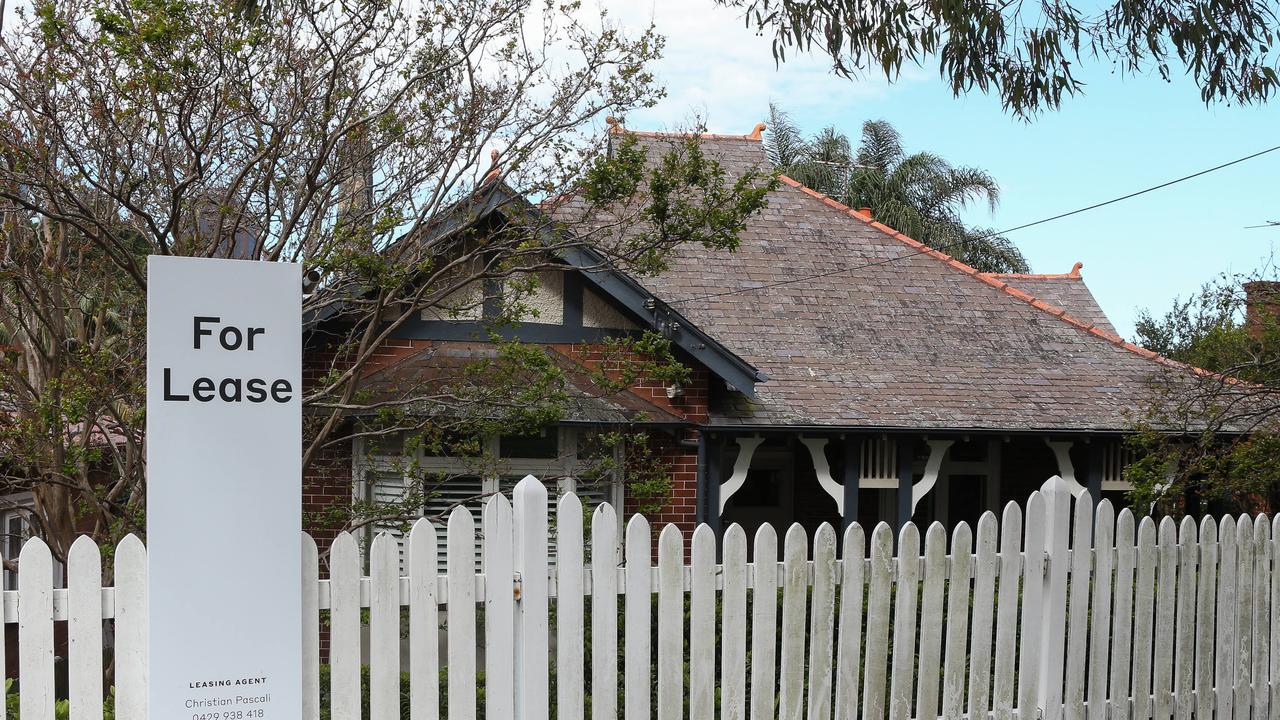Find your suburb: How much you’ll be paying in mortgage repayments by Christmas
Interest rates are coming - and new PropTrack data predicts just how much SA homeowners could be paying by Christmas. Find out how much you’ll be paying in our searchable table.

Property
Don't miss out on the headlines from Property. Followed categories will be added to My News.
Interest rate rises are coming, and new data shows the average South Australian homeowner could be paying more than $500 per month extra in mortgage repayments by the year’s end.
The official cash rate rose earlier this month to 0.35 per cent, however, the nation’s major banks predict it will reach 1.75 per cent by the end of the year.
If that happens, 107 of the 257 suburbs included in predictive data by PropTrack will be hit with monthly repayment increases of $500 per month or more.
The report listed South Australia’s average median sale price at $653,658, commanding average monthly repayments of $2104.
A 1.75 per cent increase would take that up to $2615 – an average monthly increase of $511.
The prediction assumes a loan-to-value ratio of 80 per cent, with monthly repayments over 30 years.
PropTrack economist Paul Ryan said the recent rate rise, and likelihood of further lifts, would affect home values.
“This will weigh on housing price growth, which has clearly slowed in anticipation of these higher borrowing costs,” he said.
“The outlook for housing prices later in the year is one of a balance between higher mortgage rates and the higher income growth the RBA is looking to see before raising rates.”
According to the forecast, Malvern residents should brace for the largest rise in the state, with average monthly mortgage repayments on a $2.12m median-priced home increasing by a whopping $1660.
Average repayments currently sit at $6820 a month – an increase to 1.75 per cent would see this jump to $8480.

The last time Australia’s official cash rate was 1.75 per cent was in 2016, yet financially a 1.75 per cent rate in 2022 paints a far grimmer picture for many households than that of six years ago.
In 2016’s March quarter, inflation was 1.3 per cent and the median weekly Aussie household income was $1727, according to the Australian Bureau of Statistics.
Six years on, the median weekly household income is $1786.
Petrol now sits at $2 a litre, childcare costs are up 18.5 per cent on 2016 and the price of bread and milk are up more than 10 per cent.
Annual wage growth in March was 2.4 per cent and inflation more than double that at 5.1 per cent.

Property Investment Professionals of Australia chairperson Nicola McDougall said most homeowners should be able to accommodate forecast rises.
“Mortgage applications have also been financially stress-tested on interest rates of up to about three percentage points higher – or 12 separate increases of 25 basis points – for quite some time as well,” Ms McDougall said.
“Fundamentally, this means that there is no need to panic, with most borrowers well-placed to finance moderate increases to mortgage repayments over the next two years.”
- This story is presented in partnership with realestate.com.au



